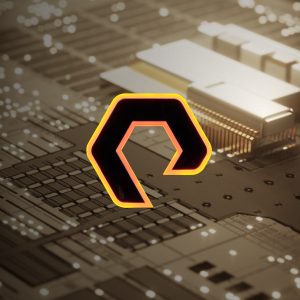Demand for computational resources has grown exponentially in recent years. Early on, most companies didn’t need to deploy computing infrastructure internally. But today, companies in nearly every sector rely on sophisticated technology architectures to support the day-to-day operations of their businesses.
Because of the growing demand for IT infrastructure, many business models have emerged to address the different needs of companies. Cloud computing in particular has gained prominence in the past decade with the increase in demand for managed infrastructure. IaaS, PaaS, and SaaS are some business models that have grown out of the cloud revolution.
Still, many companies can’t depend entirely on cloud services for their computing needs. They must decide whether investing in on-premises or off-premises infrastructure solutions is right for their business.
What Does On-Premises Mean?
When a company owns, manages, and operates its own IT infrastructure, it’s considered “on-premises.”
The company’s internal IT team handles the design, build, and management of the systems. In some rare cases, third-party vendors may manage some components. But, in most cases, the organization completely owns and manages the location, devices, software, and applications.
What Does Off-Premises Mean?
For “off-premises” infrastructure, a third party provides and maintains the infrastructure, facilities, and allied services.
The organization doesn’t have the responsibility of maintaining the facilities or infrastructure. Organizations using infrastructure maintained by cloud service providers only need to worry about identifying the ideal resource combination for their applications.
On-Premises vs. Off-Premises
Whether to build infrastructure in-house or outsource it is an important decision. It could potentially impact the company’s operating costs, efficiency, and performance for years. Given the potential consequences of taking the wrong approach, it’s important to understand the differences between on-premises and off-premises infrastructure.
In many ways, on-premises vs. off-premises infrastructure is similar to owning a house vs. renting one. Let’s look at the differences between on-premises and off-premises infrastructure across several key areas.





